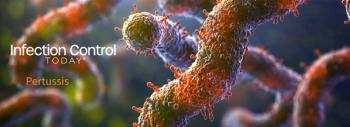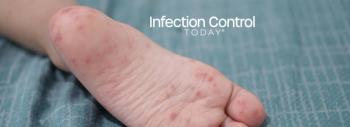
FDA to Hold Workshop on Proposed Medical Device User Fees
Stakeholders will get a chance to sound off on the Food and Drug Administration (FDA)'s proposal to raise device user fees in exchange for shorter review times.
Â
The agency will hold a public
The FDA reached a preliminary deal with manufacturers in February to collect $595 million in fees for device applications over the next five years. Thats roughly double what the agency has collected over the past five years, and industry officials agreed to the increase in exchange for improvements in the device review process.
For example, the FDA agreed to hire more than 200 full-time workers by the end of the five-year program, and interact with companies earlier in the submission process.
In terms of specifics, for a 510(k) application, a device maker would pay 2 percent of the fee for a premarket approval (PMA) application, up from 1.84 percent, according to draft legislative language.
 Â
The agreement with FDA enhances both the predictability and transparency of the agency, says Lindsay Morris, senior director of government relations for the Medical Imaging and Technology Alliance, an imaging technology trade association based in Arlington, Va. In a time of tremendous advances in imaging and radiation therapy technologies, the agreement enables the industry to bring innovative, life-saving technologies to market faster, so that patients receive the care they need.
After considering the comments, the FDA will send a final proposal to Congress, which must decide by Sept. 30 whether to reauthorize the program or let it expire.
Source: AAMI
Newsletter
Stay prepared and protected with Infection Control Today's newsletter, delivering essential updates, best practices, and expert insights for infection preventionists.






